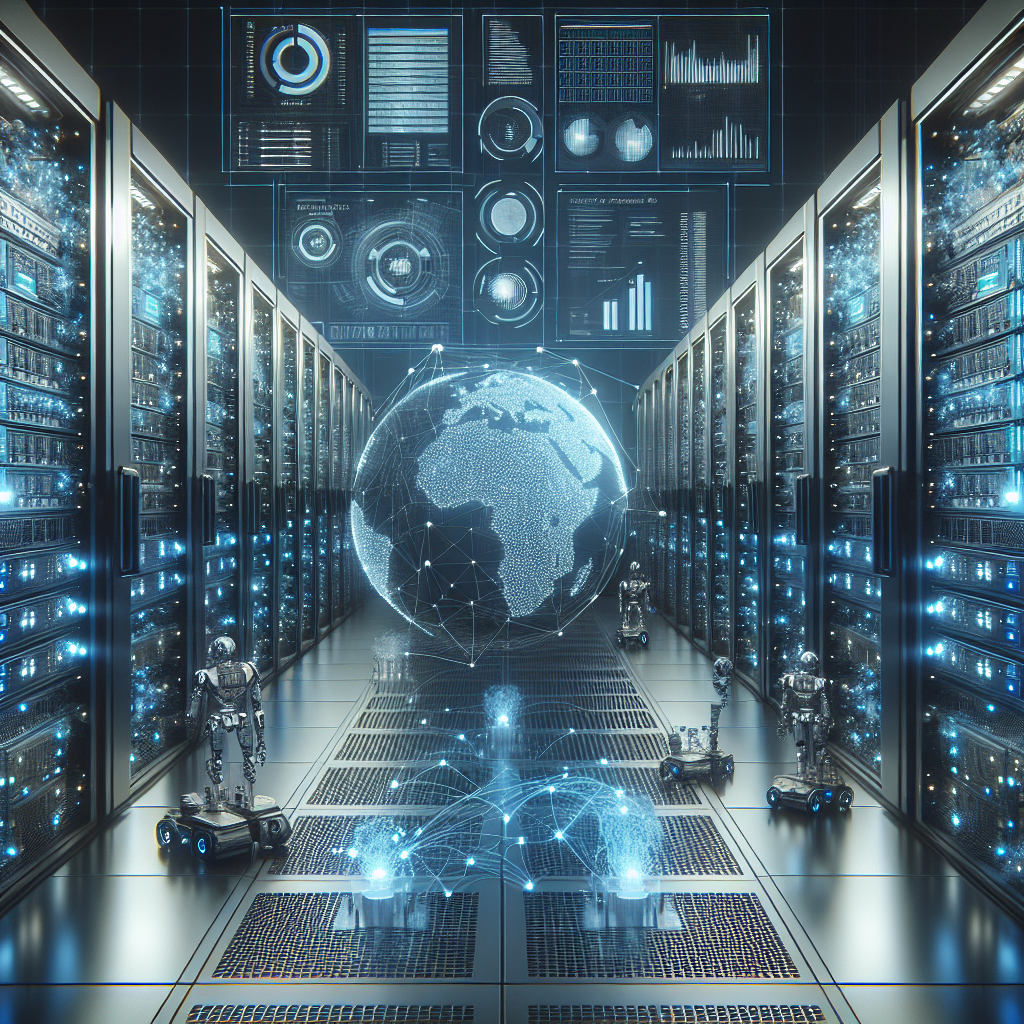Your cart is currently empty!
The Future of Data Center Infrastructure Management (DCIM) Technologies

Data centers are the backbone of modern technology, powering everything from cloud computing and online shopping to social media and streaming services. As data centers continue to grow in size and complexity, the need for effective management of their infrastructure becomes increasingly important. This is where Data Center Infrastructure Management (DCIM) technologies come into play.
DCIM technologies are software and hardware solutions that provide real-time monitoring, analysis, and control of data center infrastructure, including servers, storage, networking equipment, and cooling systems. By centralizing and visualizing data center operations, DCIM technologies help organizations improve efficiency, reduce operating costs, and ensure optimal performance.
The future of DCIM technologies is promising, with several key trends shaping the industry:
1. Artificial Intelligence and Machine Learning: AI and machine learning algorithms are increasingly being integrated into DCIM technologies to provide predictive analytics and automate routine tasks. These technologies can help data center operators anticipate and prevent issues before they occur, optimizing performance and reducing downtime.
2. Edge Computing: The rise of edge computing, which involves processing data closer to the source rather than in centralized data centers, is driving the need for DCIM solutions that can manage distributed infrastructure across multiple locations. DCIM technologies are evolving to support edge computing environments, providing visibility and control over a decentralized network of devices.
3. Renewable Energy Integration: With growing concerns about the environmental impact of data centers, there is a push towards integrating renewable energy sources, such as solar and wind power, into data center operations. DCIM technologies are being developed to monitor and optimize energy usage, enabling data center operators to reduce their carbon footprint and lower energy costs.
4. Modular Data Centers: Modular data centers, which consist of prefabricated components that can be easily assembled and scaled, are becoming more popular due to their flexibility and cost-effectiveness. DCIM technologies are adapting to support modular data centers, providing tools to manage and monitor these dynamic environments.
5. Security and Compliance: Data center security is a top priority for organizations, especially as cyber threats continue to evolve. DCIM technologies are incorporating advanced security features, such as encryption, access controls, and compliance monitoring, to safeguard data center infrastructure and ensure regulatory compliance.
In conclusion, the future of DCIM technologies is bright, with advancements in AI, edge computing, renewable energy integration, modular data centers, and security shaping the industry. As data centers continue to play a critical role in powering the digital economy, organizations will increasingly rely on DCIM technologies to efficiently manage their infrastructure and drive innovation. By embracing these trends and investing in cutting-edge DCIM solutions, organizations can stay ahead of the curve and maximize the performance of their data center operations.

Leave a Reply